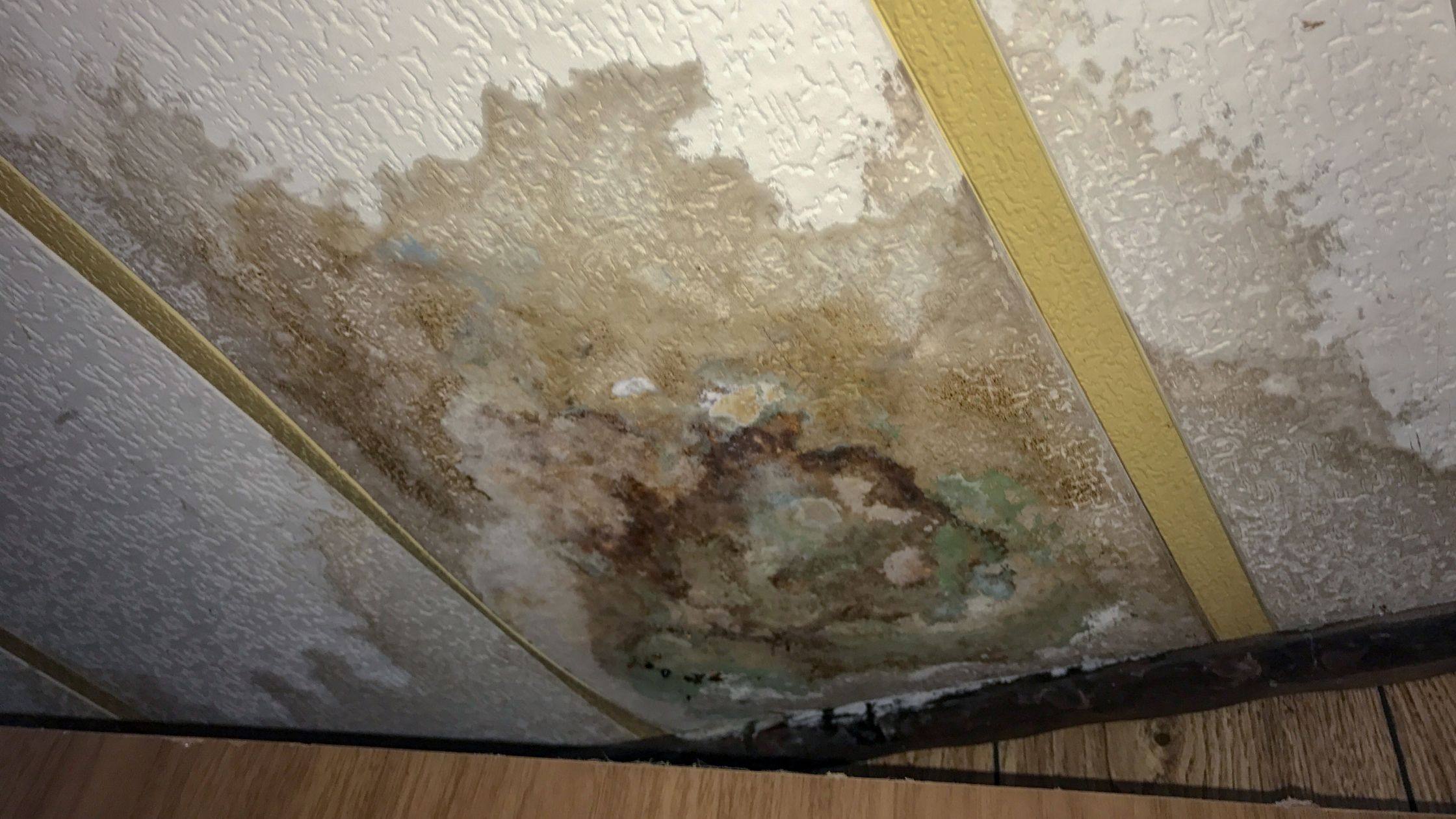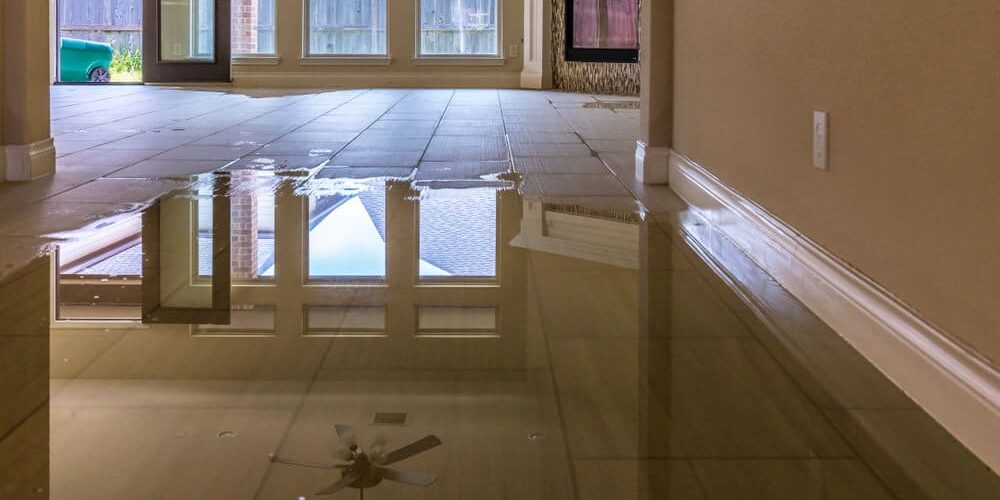Immediate Water Extraction Services to Prevent Structural Damage
Wiki Article
The Process of Water Damage Cleaning: Guaranteeing Your Home Is Restored Successfully
Water damages can be a difficult obstacle for homeowners, requiring a careful and organized clean-up procedure to bring back safety and security and capability. Initially, a detailed evaluation is essential to identify the extent of the damage and identify the proper removal actions. Following this, efficient water extraction methods play an essential function in alleviating additional damage. The nuances of drying, disinfecting, and ultimate remediation are equally essential and frequently forgotten. Recognizing these phases can make a significant distinction in the outcome of your home's remediation, motivating a closer appearance at what each action involves.Analyzing the Damage
Upon discovering water damage, the very first action is to extensively examine the degree of the influence. This preliminary assessment is crucial, as it aids identify the needed steps for reliable cleanup and restoration. Begin by checking the impacted areas, consisting of wall surfaces, ceilings, floorings, and personal belongings, to recognize the resource of the water intrusion, whether from flooding, leaks, or condensation.Documenting the damages is vital for both insurance cases and planning remediation efforts - damage restoration services. Use pictures and written notes to capture the seriousness of the damages, keeping in mind any kind of affected architectural components and products. Pay special attention to areas that may not be quickly noticeable, such as behind walls and under carpets, as concealed moisture can cause additional difficulties, consisting of mold development
Furthermore, evaluate the timeline of the water exposure. The longer the materials continue to be wet, the higher the possibility for damage. Comprehending the period of direct exposure will certainly educate the seriousness of remediation efforts. Inevitably, a thorough analysis lays the groundwork for an effective water damages clean-up procedure, making sure that all impacted areas are attended to properly and thoroughly.
Water Removal Techniques

Experts usually use completely submersible pumps for bigger quantities of water, which can promptly minimize flooding in cellars or various other impacted locations. For smaller sized amounts, wet/dry vacuums are typically utilized to extract recurring moisture from rugs and difficult surface areas. Additionally, making use of mobile extractors enables targeted elimination in confined spaces or areas with delicate materials.
In instances of infected water, such as sewage or floodwater, progressed extraction strategies may entail the use of biohazard tools to guarantee safety and security and compliance with wellness guidelines. High-powered removal tools are crucial in decreasing water retention in structural products, which can lead to mold development and structural damage if not resolved promptly.
Eventually, the effectiveness of water extraction techniques plays an essential function in the overall success of the water damage cleaning process, laying the foundation for subsequent remediation initiatives.
Drying and Dehumidification
As soon as standing water has been properly extracted, the following critical stage in the water damages cleanup process is drying out and dehumidification. This action is essential to stop more damages and mold and mildew growth, which can occur within 24 to two days in moist settings.To attain effective drying, specialized devices such as industrial-grade air movers and dehumidifiers is utilized. Air movers distribute air throughout damp surface areas, boosting dissipation prices, while dehumidifiers lower moisture degrees airborne, advertising a helpful setting for drying out. The mix of these devices makes certain that dampness is extracted from wall surfaces, floorings, and home furnishings, enabling them to dry thoroughly.
It is essential to keep track of the drying procedure very closely. Experts typically utilize wetness meters to evaluate the moisture web content in numerous materials, making sure that all impacted areas get to appropriate dryness levels. This thorough technique assists to avoid surprise moisture pockets that could bring about structural damages or harmful mold and mildew growth.

Cleaning and Disinfecting
After the drying and dehumidification stage is full, the following important step in water damage clean-up is cleansing and sanitizing the influenced areas. This procedure is crucial to avoid the development of mold and mildew, germs, and various other pathogens that prosper in wet settings.The cleansing stage usually entails removing any particles, dust, and impurities from surface areas using specialized cleaning up representatives. For tough surfaces, a combination of soap and water or industrial cleaning products is commonly utilized. Soft products, such as furniture and carpetings, may call for extra substantial cleaning techniques, including vapor cleaning or deep extraction strategies, to make certain detailed sanitation.

Sanitizing follows cleansing, utilizing EPA-approved disinfectants to get rid of hazardous microbes. This action is necessary, specifically in locations that may have entered contact with floodwaters or sewer, as these resources can position major health and wellness dangers.
Furthermore, it is essential to address any remaining smells, which water mitigation company may call for using odor neutralizers or innovative strategies like ozone treatment. Proper cleansing and disinfecting not just recover the safety and security and hygiene of your home yet likewise prepared for effective remediation and fixings in subsequent stages of the water damages cleanup process.
Reconstruction and Repairs

Once the analysis is complete, repair initiatives can start. This normally entails fixing or replacing damaged materials, making certain that all job conforms with local building ordinance and requirements. If drywall has been endangered, it will require to be gotten rid of and replaced with brand-new product. Additionally, floor covering might need comparable interest, depending on the degree of water direct exposure.
It is essential to involve experienced restoration professionals throughout this procedure, as they possess the proficiency to handle intricate fixings effectively. They can help minimize possible future concerns, such as mold and mildew development or architectural instability, thus making certain a safe and habitable living setting. Eventually, effective remediation and repair services recover the home's honesty and boost its general value.
Verdict
To conclude, the process of water damages clean-up is essential for restoring a home to its pre-damage condition. Each phase, from assessing the damage to applying efficient water extraction methods, adhered to by complete drying out, sterilizing, and necessary repairs, plays a necessary function in making sure safety and security and conformity with structure criteria. Efficient implementation of these steps not only mitigates prompt damage yet additionally enhances the long-term honesty and value of the home.Water damages can be a complicated difficulty for property owners, necessitating a thorough and structured cleaning process to recover safety and capability. Inevitably, a thorough assessment lays the groundwork for an effective water damage cleaning process, ensuring that all affected locations are attended to efficiently and extensively.
Reliable water extraction techniques are necessary in mitigating damages and stopping further complications following a water intrusion event.In final thought, the procedure of water damages clean-up is crucial for bring back a home to its pre-damage problem. Each phase, from evaluating the damage to executing efficient water removal techniques, complied with by thorough drying out, disinfecting, and needed fixings, plays a necessary role in guaranteeing security and conformity with structure standards.
Report this wiki page